The Article
Ground Control From Computer Audio Design
15th July 2018
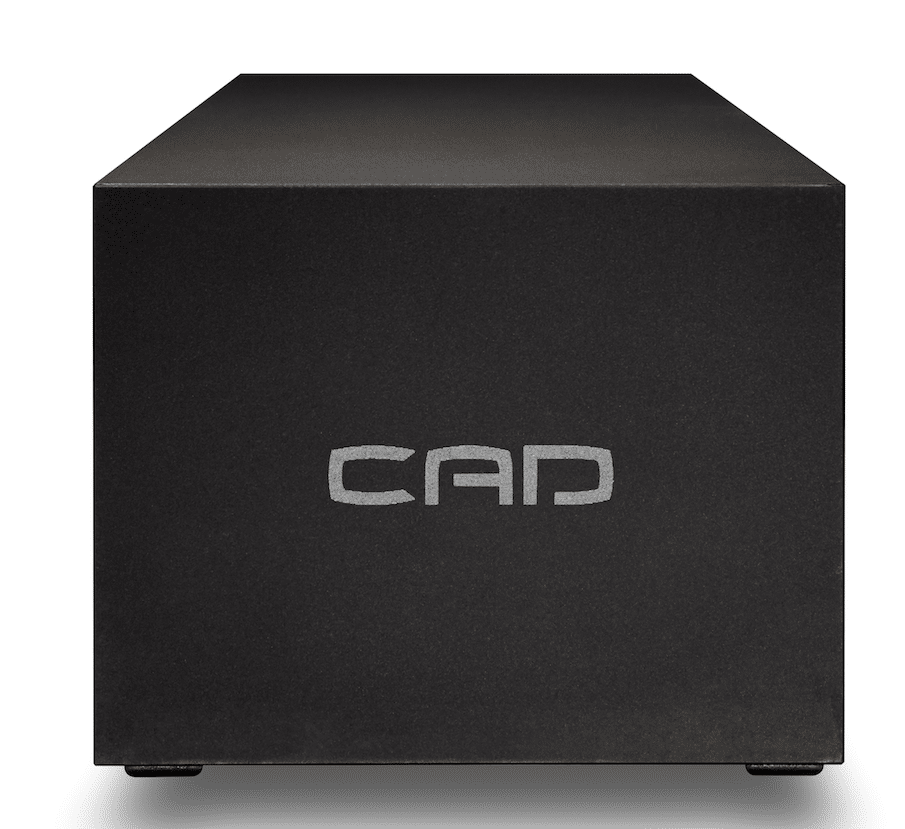
Offering a passive method of removing high frequency noise using the Signal Ground as a drain point, to improve sound quality, Paul Rigby reviews CAD’s Ground Control units and talks to designer and Computer Audio Design boss, Scott Berry
I’ve been almost OCD in my quest to remove extraneous, unwanted, masking frequencies from my precious Hi-Fi system. This is why I go on (and on) about cables and shelving and power blocks and isolation feet and lots of other ancillary equipment which does (with varying degrees and measures of success) reduce the blasted stuff. The frequencies, frankly, get in the way of music. They mask delicate details and flatten out dynamics. Removing this ‘noise’ brings all of this lovely music back again, allowing you to hear your Hi-Fi system, sometimes properly for the first time. I’ve used the metaphor before but this noise is a bit like trying to hold a conversation in a rowdy pub. Kick all of the other customers out of the place and hold the same conversation and hear more detail in how the voices express themselves, the nuances in the delivery, the emotion behind emphasis. That’s the sort of differences you should expect to hear when noise is removed from your Hi-Fi. Of course, the better the Hi-Fi, the more you hear.
Noise-removing products are not capable of removing all noise, all at once because this stuff attacks your Hi-Fi from different directions and through varying sources (i.e. the mains, other Hi-Fi kit, Wi-Fi, floor vibrations, etc) which is why you tend to need a toolbox of products to produce significant effects. Such tools tend to remove a bit here, a bit there, varying in efficiency depending on design and material and cost and how the noise-reducing hardware is implemented. As with all Hi-Fi, some do a great job, some do not.
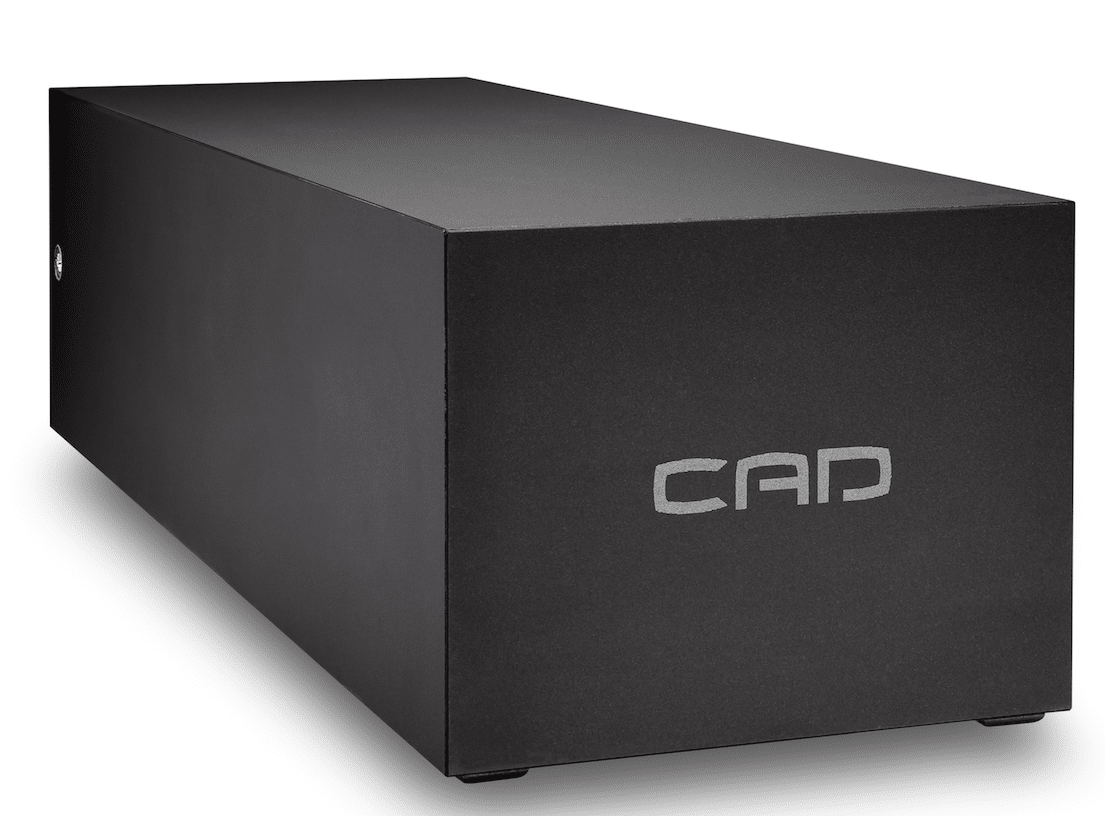
Computer Audio Design’s Ground Control GC1 and GC3 boxes are designed to remove a heap of noise from your Hi-Fi.
The Ground Control units are nothing much to look at but they are weighty. The GC1 spans 322 x 111 x 89mm and weighs 4.65kg. A sister product, the GC3, spans a larger 356 x 458 x 89mm and weighs a substantial 16kg. Coloured black with a matt-like finish (although see news on that point below), there’s two cable sockets on the GC1 and six on the GC3.
For these Ground Controls you don’t plug anything into the mains, there’s no flashing lights or controls and there’s no power switch. These are passive, dumb boxes. They just sit there. Looking rather stoic. The idea is that you plug CAD’s own cables into the Ground Control boxes and then you plug the other end into any spare, unused socket on your Hi-Fi that you fancy. Those sockets can be sitting in: amplifiers, DACs, CD players…you name it. Any spare socket that you can find. CAD supplies a range of terminations for its Ground Control cables which means that you can plug these cables into outputs, inputs, USB sockets, attach them to Earth knobs on phono amps, mains sockets (using the cable with a mains plug attached at one end). In fact, anywhere you fancy. CAD does offer one caveat, though, “We do not recommend attaching Ground Controls to the output of audio amplifiers unless you completely understand the technical design, or the amplifier can be damaged.”
The idea is that the connections provide a sort of drain point for high frequency noise, improving sound quality as it does so.
BEHIND THE TECHNOLOGY
Designer and company owner, Scott Berry has had high frequency noise in his sights for a long time. He’s designed his own components with the aim at removing the nasty stuff from his own gear. It’s this thinking that has infused all of his products. Hence, there are certain ideas and materials in his own USB cables, 1543 DAC and audio transport that have been integrated into the Ground Controls. Berry believes that high frequency noise is so damaging that it changes the personality of sound. He believes that the principle (not the only, but the main) reason digital audio has a specific edgy sound, commented upon by many audio users out there, is down to unwanted high frequency noise.
“Years ago,” said Berry, “I was trying to do things to get rid of this high frequency noise but was limited by space in the product’s chassis which prevented me from doing all I really wanted. That’s where the Ground Controls started.”

And this is why he decided to target Signal Ground as the most direct and easily accessible method of removing high frequency noise from Hi-Fi components, “A lot of engineers and others believe that Signal Ground is this nice flat, perfect thing that we call ‘reference’ and that we then connect our positive and that’s where the music comes from,” said Berry. “Imagine riding a bicycle on a beautiful nice smooth piece of pavement compared to riding a bike on a pot-holed dirt road, one takes more energy than the other. There is an assumption that Signal Ground is a smooth piece of pavement. That is not true at all. It is full of high frequency noise. It’s contaminated. This contamination comes from the device itself or other devices connected to the system such as CD players, oscillators, switch mode supplies, NAS devices and computer devices. Mains power is also being flooded with noise.”
Berry considered how he could get at that Signal Ground to affect and clean it. Unused connectors seemed to be the way. He looked at reducing high frequency energy within very specific frequency ranges, “The thing is, noise in everyone’s system is different, it’s in different frequency bands,” said Berry. “So you might have a DAC with oscillators running at 40MHz or 12MHz, for example. I’ve also looked at this variation. The hard part, then, was to feature different materials in the Ground Control that covers and tackles a broad frequency spectrum.”
SIGNAL GROUND
Signal Ground is not the same as Mains Earth. The third pin on a UK mains plug is the Earth pin. This is fitted, by law, and attached/connected to any product with a conductive outside case. Mains Earth is a safety feature in case, for example, a high voltage wire popped off a product during shipping and touched the chassis of the same. Without a Mains Earth, the chassis would be live when switched on. Otherwise, the energy runs back along Mains Earth to protect you.
A lot of high-end Hi-Fi products do not connect Signal Ground to Mains Earth. It’s a designer’s choice. On dirt cheap CD players, for example, the Signal Ground and Mains Earth is hard-wired in. For more expensive products, it’s rare to see that done. The Mains Earth and Signal Ground are either completely separate or the designers put filtering between the two. But where is Signal Ground exactly? Berry explained further, “If you look at an RCA plug,” said Berry, “it has a centre pin connector and outside collar. Voltage (AC or DC or a music signal) is the difference potential between two locations, that’s how we listen to music. For the cable, the locations are the centre pin (positive) and the outside collar bit (signal ground, which is a sort of reference). On an amp? The negative connection is Signal Ground. If you had an oscilloscope, to see the voltage you would put one clip on that collar of the RCA cable an another clip on that centre pin. When you then look at the voltage reading, you’re basically looking at the difference between those two. The ‘reference’, the Signal Ground basically has no signal on it. Well, that’s the assumption. I’m here to tell you that it actually does have signal on it. It’s very high frequency. And that’s the problem.”
In effect, Berry believes that the theory does not much reality. That the reference book does not match the real world. If the theory was true, there would be no need for CAD’s Ground Controls.
HOW IT WORKS
How does the Ground Control work? Using materials created for Berry to Berry’s own specification, it converts high frequency energy into heat. Not heat that’s hot to the touch type of heat but a very low level heat, “We call this high frequency ‘noise’ but I mean anything slightly below 1MHz up into the mid 1GHz frequency range. It will convert that band of frequencies into heat,” said Berry.
These high frequencies don’t flow to the Ground Control, they migrate, there’s a difference. And that difference is time, “Hence, the immediate sound quality difference is not as dramatic as the difference heard 20 minutes later and then an hour later because the noise is migrating over time. To really hear the difference from a Ground Control, plug it in for 24 hours, then unplug.”
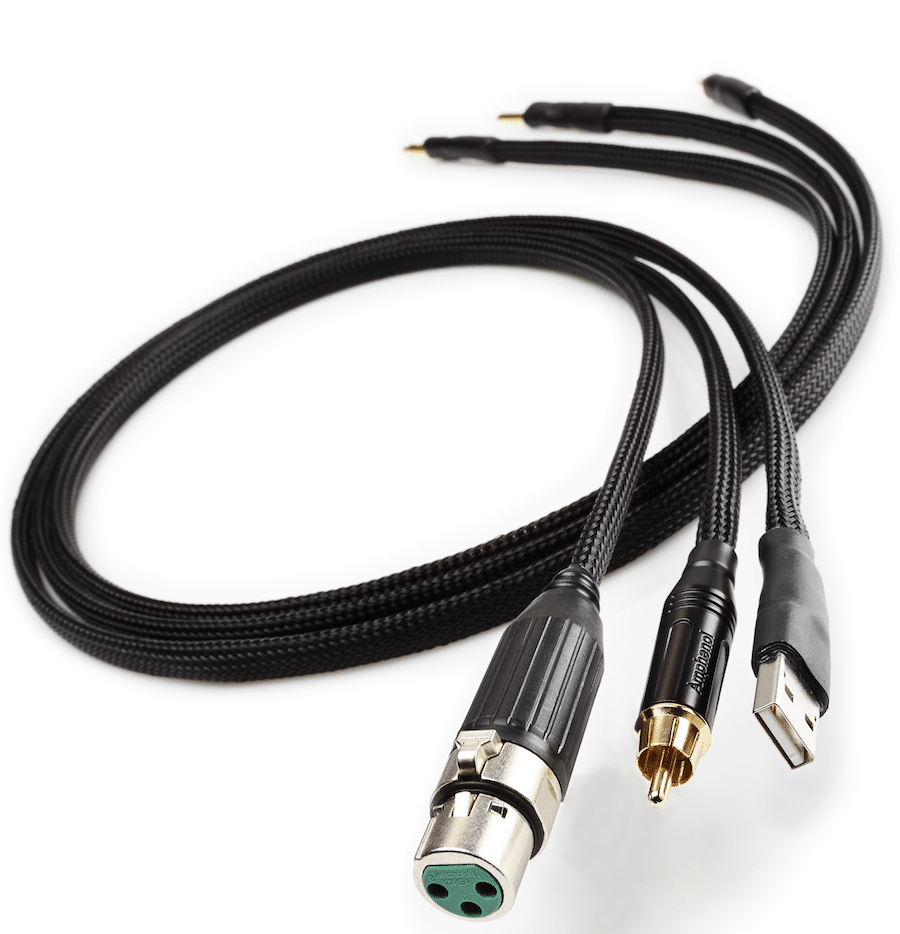
You have to make it easy for the high frequency noise to get into the Ground Control. Hence, the cable itself is absolutely crucial, “I’ve spent a huge amount of time just on the cable design. It might look simple but the wire itself is made for me because I’m dealing in super high frequencies,” said Berry.
Like all products, of course, the GC1 does not completely eliminate all noise but, “…what I can say is that the Ground Controls will substantially diminish or reduce energy in that frequency spectrum. This is why using two GC1s might sound better than using one GC1. This is also why I developed the larger GC3 which is ideal to connect to the mains because it features a greater quantity of materials. Many mains blocks are now including Earth connectors in them. The GC3 is best connected to that.”
Otherwise, CAD provide a cable with a means plug on the end with only the Earth pin connected inside the actual plug.
GOING POSITIVE?
But, playing devil’s advocate, why ‘de-noise’ the Signal Ground? Why not pay more attention to the other end, the Positive bit? “Because I asked myself ‘What’s the easiest bit to get to?’” said Berry. “In my own products, I do just that. Inside my DAC, for example, I work on the Signal Ground and the Positive and Negative voltages. I can’t do that on other people’s products. Hence, the universal access I have is on the Signal Ground. And people always have unused connectors available.”
But that point highlights that noise is not just infesting Signal Ground, it’s throughout the whole product. It’s important to realise that, “I just have an easy access point to reduce noise on Signal Ground. That said, my measurements tell me that reducing the noise of Signal Ground also reduces noise elsewhere. Acting as a drain point – it’s all connected.”

According to Berry, the more Ground Controls you use, the better the sound. Also, depending on your Hi-Fi, plugging a Ground Control into this socket might not be as sonically beneficial as plugging it into that socket. Everyone’s Hi-Fi system is different, hence the best results from using the Ground Controls will result from experimenting. That is, plugging the Ground Controls into different sockets and finding the right combination for your system.
So is there a sweet spot in terms of the recommended number of Ground Controls connected to any one typical Hi-Fi system? “I have quite a few customers who have a huge amount of Ground Controls. For that type of user, the effects are important. If you put a GC1 on one product, listen to the effects, disconnect that and place it on a separate component and then listen to that, generally, putting two GC1s simultaneously on those two components is an over and above, added improvement. That is, two are better than one. Two GC1s will have a greater effect than moving a single GC1 around a Hi-Fi system to find the best effect. Well over 50% of my Ground Control customers have bought more than one unit. I have some customers with two GC3s ad 5-6 GC1s in their system.”
So how does the Ground Control sound? I grabbed two GC1 units and found out.
SOUND QUALITY
As we’re talking about ‘Ground Controls’ I thought it apt to play David Bowie (Space Oddity, anyone?) This time, I began with David Bowie’s Low and the track, Breaking Glass with a single GC1 and two cables. One plugged into the Earth of my phono amp and a balanced input of my Aesthetix pre-amp. Don’t forget that the GC1 improves over time but I wanted to see if there was any immediate improvements. And there was. Firstly, the bass was much tighter and focused offering a greater and more impressive impact. Before, bass was a little splodgy and muddy without real definition. The new focus drew in the bass boundaries, adding speed to the track, giving it a secure foundation and moving away from the rather bloomy bass I heard the first time around.
Another difference was the pulsating cymbal on the left channel. The detail was there but the cymbal sounds receded back into the mix, sounding rather shy and a little indistinct. With the GC1 in place, the cymbal moved forward in the mix and provided a clearer rendition of its performance. More than that, there was more of a ‘ting’ in the cymbal strike.
I then brought a second GC1 unit into play, plugging that into a monoblock power amplifier and the other cable into a pre-amp input.
The lead guitar sounded smoother and light on its feet, as did the double – well treble – tracked vocals which sounded almost playful. As if they were now sung with a little smile, something had been added or, rather, revealed by the second GC1. The bass guitar was further focused but, this time, was lifted vertically in the soundstage and pushed further back. Most intriguingly was the rhythm guitar delicately strummed and acting like a background drone. Easily tuned out by the brain, this effect was now noticeable and, instead of a background curtain effect, now had a sort of wash effect. Like an artist painting a watercolour and covering the rear of the painting in blue paint. The drone effect dominated and coloured the rear area of the soundstage for the first time. Pace again, picked up. Vocals had dragged a little before the first GC1 and didn’t improve too much with one added. The second just added energy to the vocals and the entire track was fleet of foot this time.
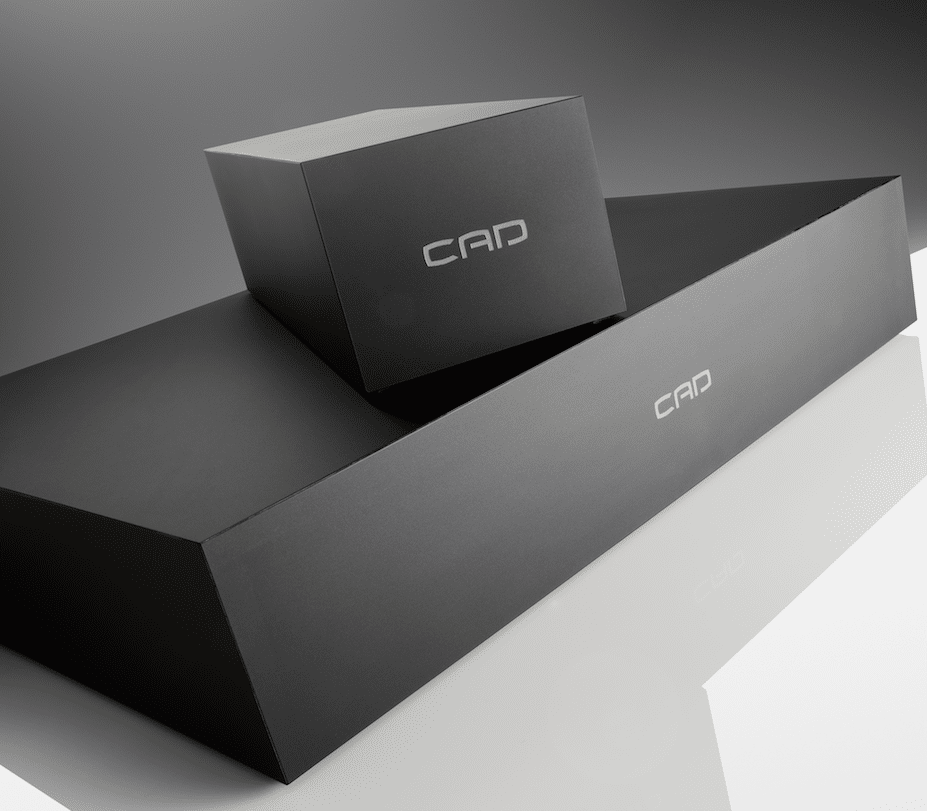
What I then did – and I think this is crucial in getting the best from the GC1s – was to tinker with them. I have two units and, thus, four cables to play with. So I plugged these cables everywhere, forming all kinds of connection combinations. It was at this point that I stumbled over my own sonic sweet spot.
I have to to level with you, I’ve had a slight but wholly irritating issue with my Hi-fF system for some time now. Years, in fact. My system has improved in basic terms during the years, becoming more open, detailed, tonally more accurate and all of that good stuff. The issue was this: I had a wandering stereo image. The blasted thing would slip to the left, say. Then I would fiddle with my system: connections, cable types and placement, speaker placement and so on. Then it would mosey on back again. Then all would be fine for a while. Then it would slowly slide off the centre again. My goodness, this became frustrating.
So fast forward to this GC1 test where I switched the music to a selection of Miles Davis jazz from the 60s via CD/DAC. All was going well, sound improvements here and there, then I changed the cable combinations, plugging the GC1 cables into different Hi-Fi system sockets and listened to them at this point and then I changed them again and again…sometimes there would be subtle changes in the sound, sometimes the changes would be marked. Then I did this. I plugged one cable into the Tape Loop of my pre-amp, a balanced GC1 cable into the pre-amp itself, a spade cable onto the Earth of my phono amp and the last cable into a spare socket on that same phono amp, an MM socket.
Behold! that muddy, wandering stereo image snapped into place like it was attached to a piece of elastic. The extra focus was immense, the imagery was enhanced and locked, detail flew upwards, the soundstage lifted upwards too. I’d found it. I’d found my sweet-spot and I was dumbfounded for a few minutes. Grinning, I have to say, but also dumbfounded. A problem that had lasted years was solved by these GC1s.
Which is to say that my ideal cable combination may and probably will not be yours. Each sweet-spot will be different depending on the Hi-Fi chain, the room and so on. I urge you to mix and match the cable combinations, if you grab a GC1 or more. Make notes even to keep track of the combinations you’ve tried and those you like best. Eventually, and it doesn’t take long, you’ll find your best set-up.
CONCLUSION
Ancillary and accessory equipment are often relegated in importance by their very classification. That they perform as an adjunct to a main Hi-Fi chain insinuates that there effect is lessened. Not here, not with the Ground Control unit. To cut to the chase, I’ve never heard a piece of Hi-Fi ancillary equipment or accessory that has changed and improved sound quality so much as the Ground Control. More than that, as you can read above, it didn’t just improve the sound on my system, it actually changed how that sound was structured. The Ground Control also fixed my sound output. That is a major result in terms of performance but it is also ground breaking.
The Ground Control box might not be cheap but its performance is not to be ignored either, it is a serious piece of Hi-Fi equipment deserving the utmost respect.
I’m reminded of the iPad. Apple didn’t invent the tablet but it was the first company to do it right. The Ground Control might not be the first product of its ilk, either, but it’s the first product to do it right. In this respect, it changes how we listen to sound and, hence, is fully deserving of an ultra-rare, full marks, 10/10, Golden Groovy. This is only the sixth time that I have ever awarded this accolade. The CAD Ground Control fully deserves it too.
CAD GROUND CONTROLS
Prices:
GC1: £1,695 (including one cable of your choice).
GC3: £3,995 (including two cables of your choice).
Extra cables: £300 each with your choice of termination.
Tel: 0203 397 0334
Website: www.computeraudiodesign.com
GOOD: rearranges soundstage, significant noise reduction, overall sound quality, simple design, easy to use
BAD: nothing
RATING: 10
[Don’t forget to check out my Facebook Group, The Audiophile Man: Hi-Fi & Music here: www.facebook.com/groups/theaudiophileman for exclusive postings, exclusive editorial and more!]
REFERENCE
Origin Live Sovereign turntable
Origin Live Enterprise 12″ arm
Van Den Hul Crimson XGW Stradivarius Cartridge
Icon PS3 phono amplifier
Leema Antila IIS ECO CD Player
Aesthetix Calypso pre-amp
Icon Audio MB845 Mk.II monoblock amplifiers
Quad ESL-57 speakers with One Thing upgrade
Vertex AQ, Gekko & Tellurium Q cable
Blue Horizon Professional Rack System
Harmonic Resolution Systems Noise Reduction Components
All vinyl was cleaned using an Audio Desk’s Ultrasonic Pro Vinyl Cleaner


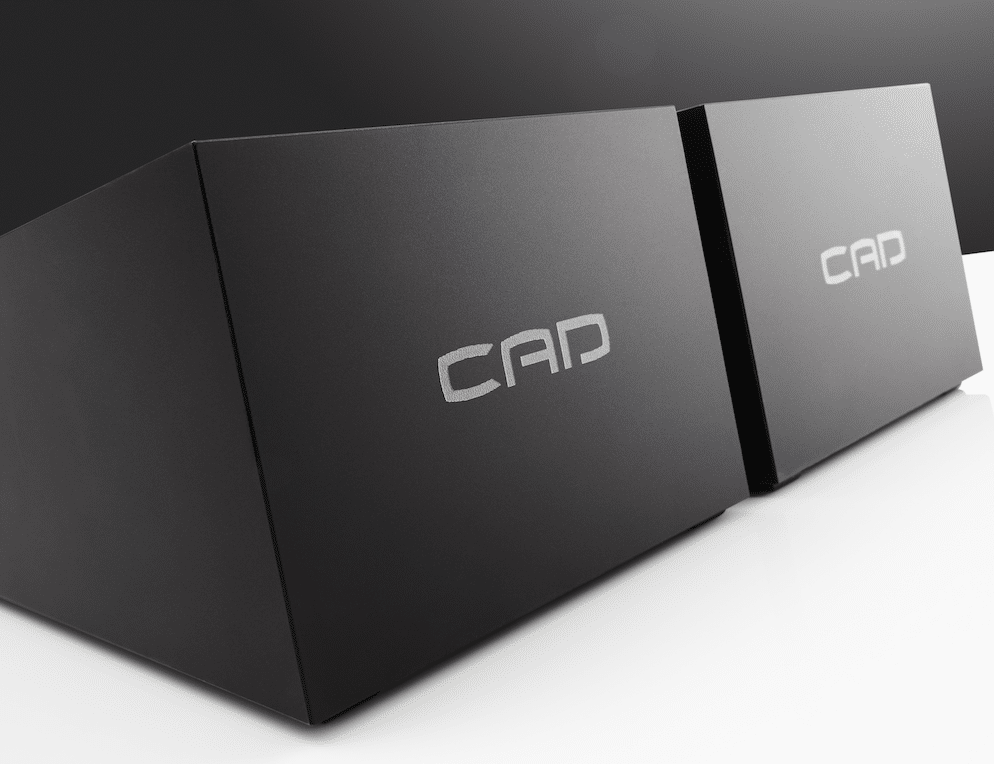
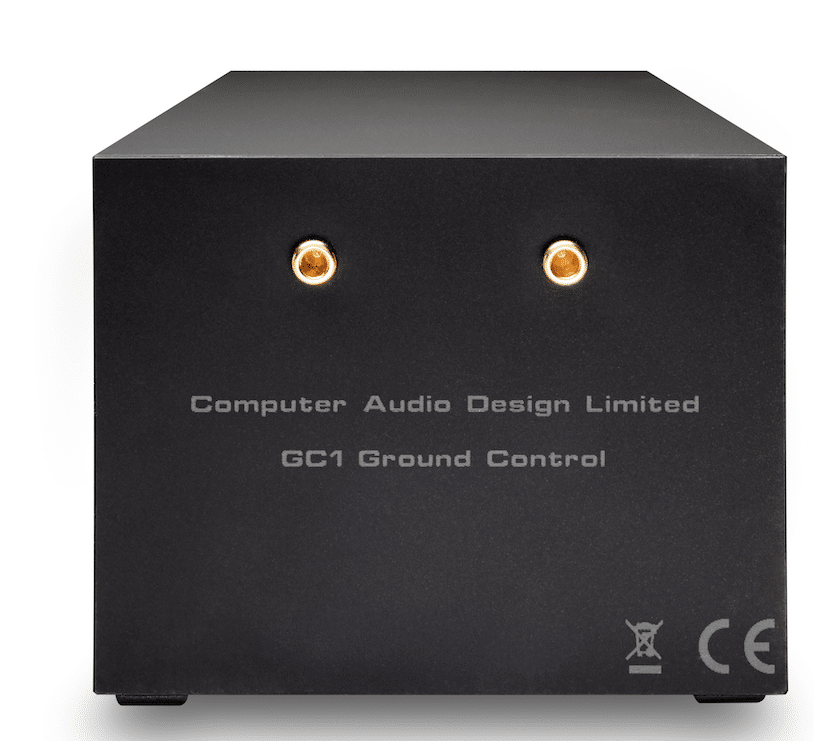


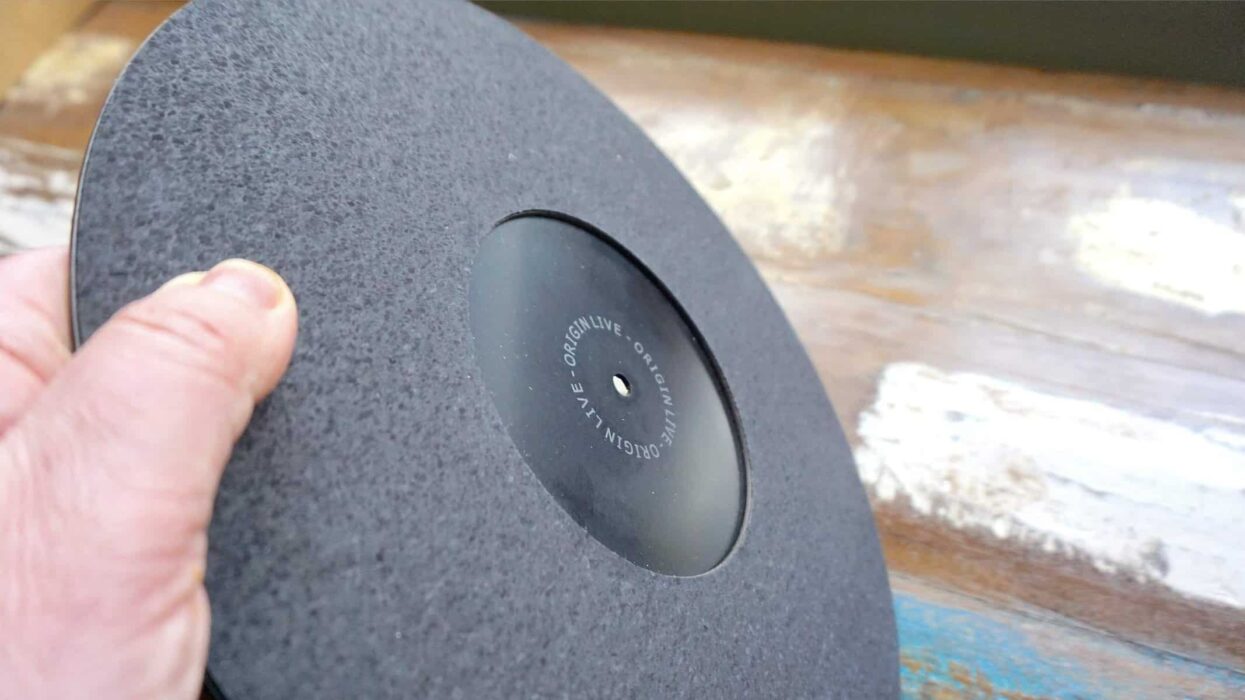
Great write-up, and glad this was so successful in your system. To highlight the need to try-before-you-buy, I had the GC3 in my system, and several times had it connected up for 48 hours or more then disconnected, and could not tell any difference.
Hi Adam – Sorry to hear that the GC didn’t work for you. That might be because of a host of reasons: your particular hi-fi set-up, the wired combinations you used, other factors which I have no idea of at this distance, etc. Also, the GC3 is more of a mains unit and is best used attached to an Earth screw on a power block. How was your GC3 attached? I find that the GC1s are much better when hooking up to source kit and phono amps, etc. If you wish, I could ask the owner of CAD to look at your system and set-up and offer advice, if you think that might help at all?
No need to apologise and thanks for the offer. TBH I’m sometimes relieved that something doesn’t improve the sound – easier on the wallet!
Interesting re: how these work differently depending on connections. I had the GC3 connected to my server, DAC, pre, and both power amps, but not grounded electrically. I might try that at some stage.
That said, I think because my system is on a separate mains spur it is reasonably noise-free. I had a similar lack of improvement when I tried an Entrec grounding block.
Interesting stuff, Adam. At least you’ve addressed mains noise on a larger level with the separate spur.
Excellent review.
An admonition of sorts, the “wandering sound stage” likely impacting the numerous reviews that followed.
pj